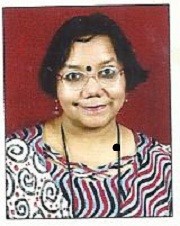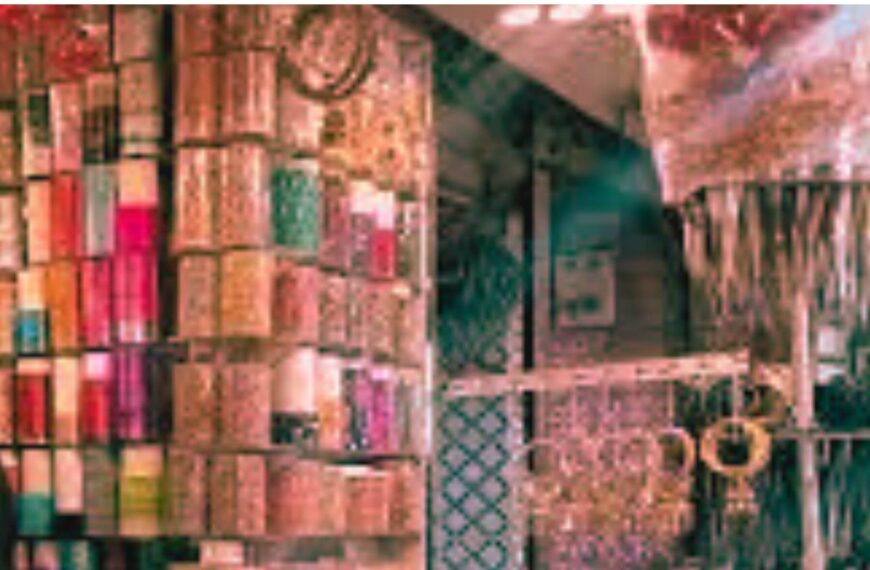Ketaki’s story, in two parts, exclusive to Different Truths, delves into the Mughal era, highlighting Shah Alam II’s reign and the Rohillas’ challenges.
History is a treasure trove of any nation through which we can peep into the bygone days, sometimes being horrified or thrilled, mostly getting a slew of facts that remain unknown to date. Sorry for beginning my tete-a-tete with you, dear friends, in this matter-of-fact manner. Believe me, I am here to regale you with whatever interests me and may kindle your interest as well.
My father was a radiologist, an alumnus of Calcutta Medical College of those golden times when legendary professors like Jogesh Banerjee (medicine), Ajit Basu (surgery), and Kripa Mitra (obstetrics and gynaecology) used to teach there. My grandfather was a professor of history at B.M. College, Barisal (now in Bangladesh), where even Jibanananda Das had a stint way back in the pre-independence days.
Our father, after his regular duties, used to either narrate tales from history before we got ready to hit the bed or leave myriads of dreams to take shape at the back of our minds or barrage of queries dying for an answer, which might come from him the following day. For me, as darkness descended on my eyelids with the advent of sleep each night, I used to get transported into the vistas of long-lost times, revived by my dad through his sleep-inducing, lullaby-singing voice, reviving the days already lying defunct and forgotten under the pall of the ‘here and now’.
Bedtime Story
My brother and I were standing by our father that evening, eager for a bedtime story, and he led us cautiously into the grounds of the Court of Delhy (or “i”), sometime around 1771.
“Tapa, Mithi, have you heard of Shah Alam II?”
I replied, “Sher Shah”?
“No, no…Shah Alam II!”
Wide-eyed in wonder, I inquired, “I see. Another Shah?”
Tapa, my brother kept his eyes peeled for the tale to unfurl. Now, it was his turn to throw a question, “But I never came across any Shah Alam in my history book!”
Father simpered at his foolish remark and proceeded along. He turned to me and began,
“Now let me tell you the story of Shah Alam II and his court of Delhy. I think you have yet to read about him in your history books. But I am going to trace the times of the Moghul Empire, in which Shah Alam II was being driven to utter distraction by the conspiracy of Zabeta Khan, the Chieftain of the Rohillas, and the continual scuffles and threats from the Mahrattas. I know, you will say that it was natural for a Moghul Emperor to bear with collisions in the court as well as such frequent battles, which were far from war. Yes, I agree. But you will be interested in the fact that Shah Alam II’s ascension to the throne was not a cakewalk either.”
Tapa yawned and his fingernails in the left hand, rimmed with grime, caught my eyes. I frowned. But prodded my dad instead, “Who were these Rohillas”?
Rohillas, the Pathans
“Rohillas were originally Pathans, who were of Pashtun lineage and usually spoke Urdu. They came to settle in Rohilkhand, a region in Uttar Pradesh. They had the remarkable spirit and courage of unvanquished warriors.” Father sounded a bit matter-of-fact.
“Shah Alam II’s reign was replete with battles, and the Rohilla War stretched till 1774.”
Both of us kept quiet and unresponsive. Father was keen on eliciting our reactions to his narration. We really enjoyed it but hardly felt like cheering up our dad with enlivening remarks. The darkness of night beyond the window seemed quite intimidating as the crescent moon forgot to show itself up on the western horizon, the new moon phase being on.
Father’s telltale voice resumed, “This Shah Alam, I am talking about, was also known as Ali Gahar. You have heard about Aurangzeb. Haven’t you? In 1658, after his coronation, he had kept his father, Shah Jahan, imprisoned in the Agra Fort, till his death. Our Ali Gahar had kept his father, Alamgir II, in prison too, with the help of Imad-ul-Mulk. Najib-ud-Daulah provided shelter for Ali Gahar as he fled from Delhy.
Following this, he joined hands with Shuja-ud-Daulah in Lucknow and marched straight on to Behar. He lived in Allahabad from 1765 to 1771. But he made up his mind to go to Delhy as he set his eyes on the ancestral throne there. Reaching the border of Patna sometime in 1759, Ali Gahar wrote to Clive, seeking his help for the restoration of the imperial power. On the other hand, the imprisoned Emperor’s minister forced him to seek assistance from Lord Clive and Mir Jafar against his cunning son.
Tapa, who was listening with wide-eyed amazement, stopped his father short to ask, “Did all Mughal emperor’s sons cheat with their father, Dad?”
Inordinate Ambition
Father was at his wit’s end at the abruptness of the query. He hazarded, by way of answering Tapa, “Not all, but quite a few of them did. And this was mainly because of the inordinate ambition to ascend the throne in the immediate future.”
Tapa listened to him with all his attention. Mother was urging us to go to bed for the day, but I was eager to learn more about Ali Gahar’s greed and how the Rohillas, under the leadership of Zabeta Khan, opposed him, as our father had already stated.
Father said, “I shall not demand much of your attention today, but let me narrate a little more and then I shall call it a day…Oh yes, where did I hang up?” Tapa chipped in, “ Shah Alam’s father wrote to Lord Clive seeking help.”
“Yes, yes. Ali Gahar, in the meantime, stormed Patna, but his mission failed as Lord Clive intervened with a small troop. Ali Gahar retreated, and for about eight or nine months he wandered, shuttling between Behar and Oudh. By the close of 1759, he received the news of his father’s assassination. Ali Gahar announced himself as the immediate successor to the throne in Delhy and donned the title of Shah Alam II. Since then, he was known by this name, though Delhy was still far off to be his address.”
I yawned and looked around. Finding me fidgety, my father called it a day! Tapa insisted on continuing with it. But our father dissuaded him. We will wait until another day.
(To be continued)
Picture design by Anumita Roy






 By
By


 By
By